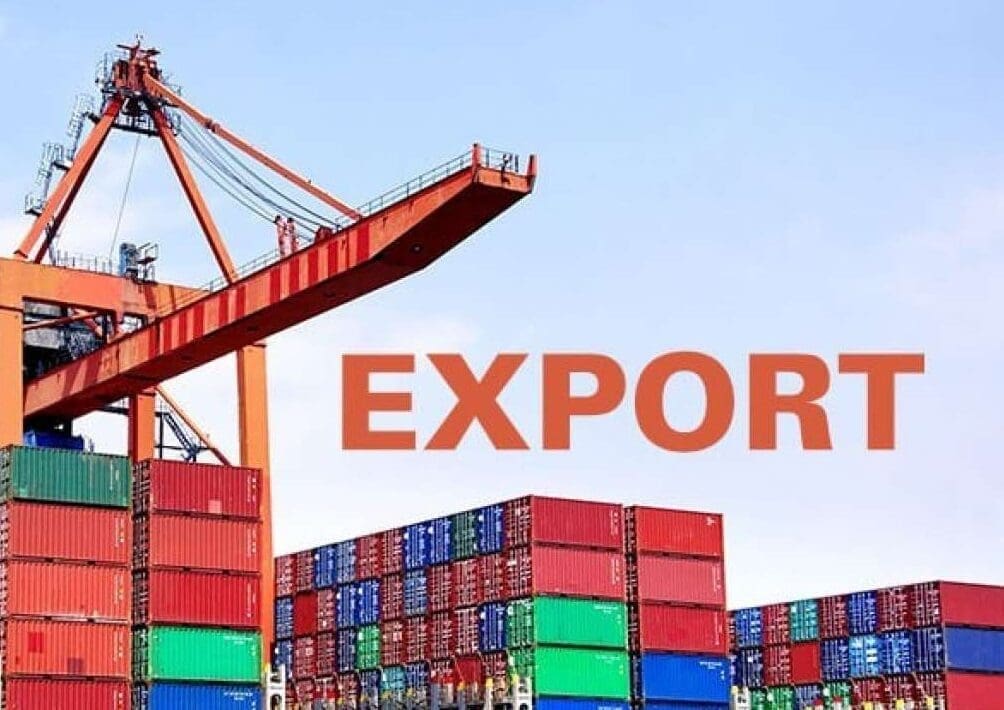A recent collection of essays penned by Chief Economic Advisor V Anantha Nageswaran and his team has highlighted that India’s exports are becoming less susceptible to fluctuations in world demand and exchange rates. The publication titled ‘Re-examining Narratives’ revealed that the income elasticity of exports decreased from 5.67 during 1991-2008 to 3.44 during 2009-2022. Similarly, the inverse price elasticity of exports dropped from 2.7 to 0.4 during the same period.
While a decline in elasticities can be advantageous in times of downside risks such as a decline in global demand and an appreciation in exchange rates, it may not prove beneficial during boom periods. The publication emphasized the need to hedge against potential risks arising from less favourable growth in global demand and relative prices.
The changes in export elasticities were largely influenced by the increasing prominence of service exports, which have surged by 28% above pre-pandemic levels. Service exports were found to be more resilient to global income fluctuations compared to merchandise trade. The publication highlighted the strength of information technology services, which have shown robust performance despite the disruptions caused by the pandemic.
Chief Economic Advisor V Anantha Nageswaran credited India’s trade reforms over the past few decades for the country’s booming foreign trade. India’s share in global exports has increased, and its gross domestic product contribution has risen from around 15% in the early 1990s to almost 50% in 2022. Despite global supply chain disruptions, India’s goods and services exports have doubled between 2020 and 2022, reaching $770 billion. This remarkable growth can be attributed to trade diversion, higher global commodity prices, and the post-pandemic rebound in global trade.
The publication also analyzed the export trends, revealing a progressive increase in high-value goods exports and enhanced participation in the manufacturing global value chain. The government’s comprehensive measures in the manufacturing and foreign trade sectors were identified as the catalysts for this shift.
India’s improving export resilience and its ability to adapt to changing global dynamics indicate a positive trend for its trade sector. As the country continues to make significant strides in diversifying and strengthening its export base, it is poised to maintain its position as a key player in the global economy.

